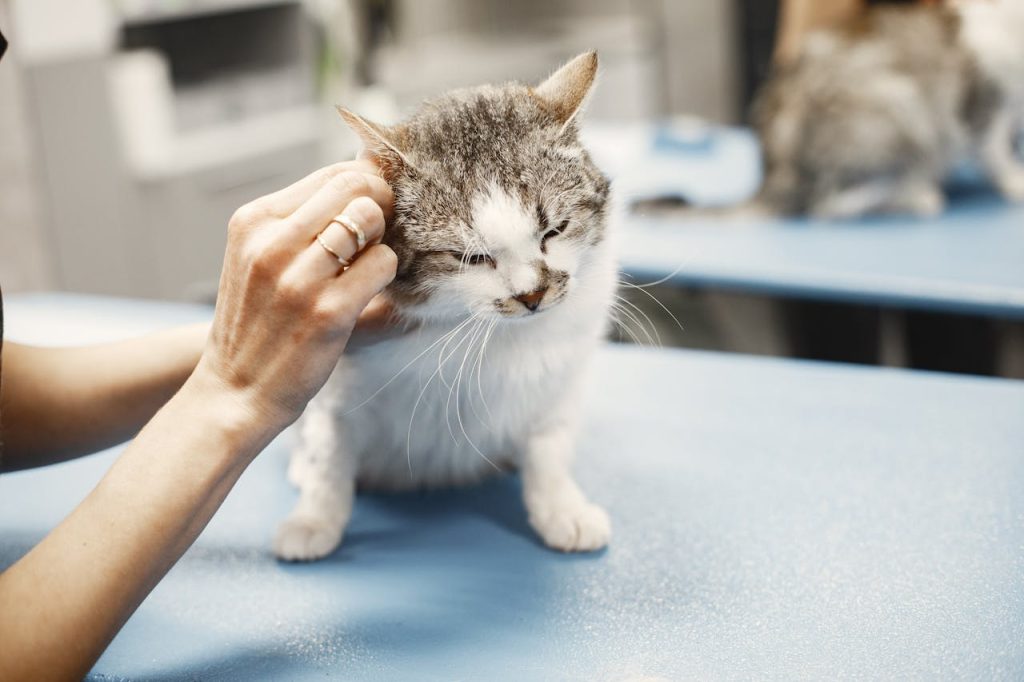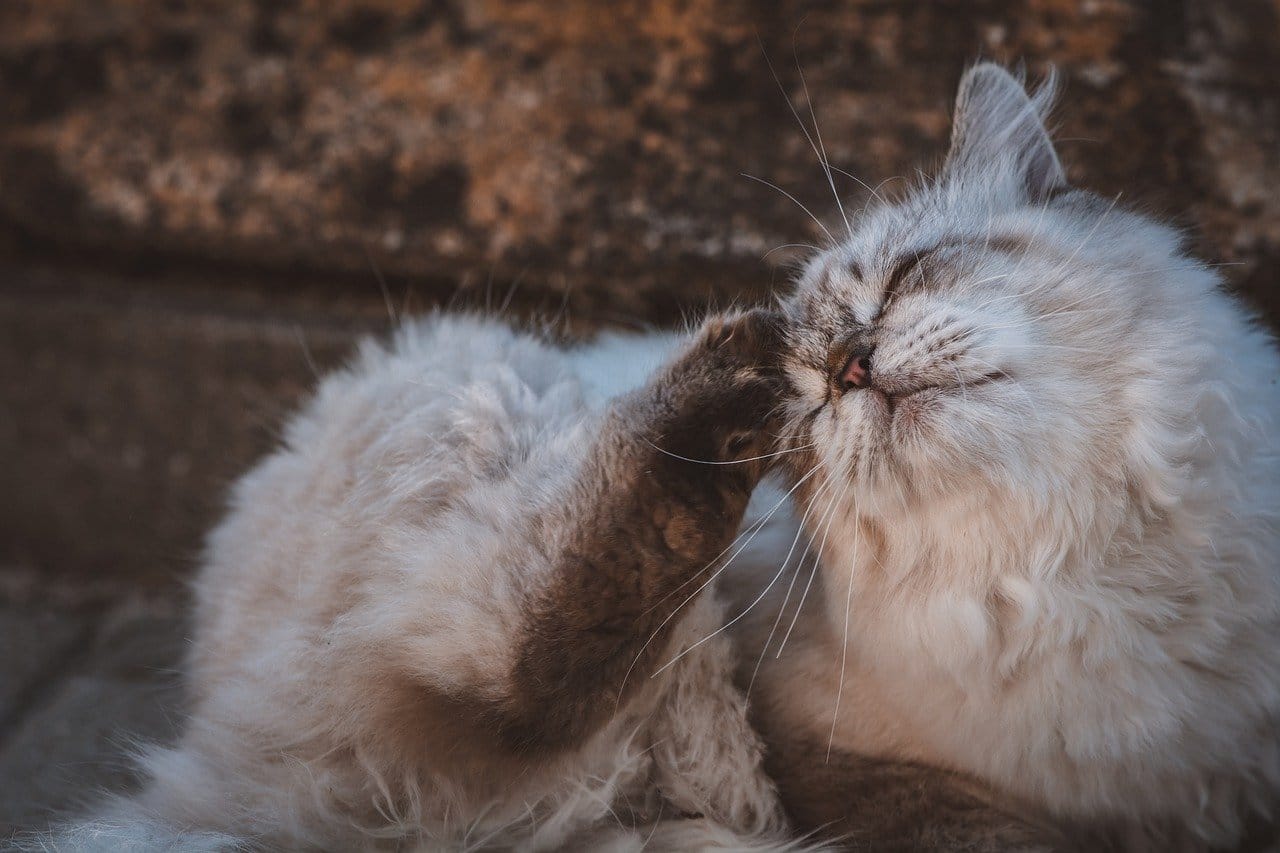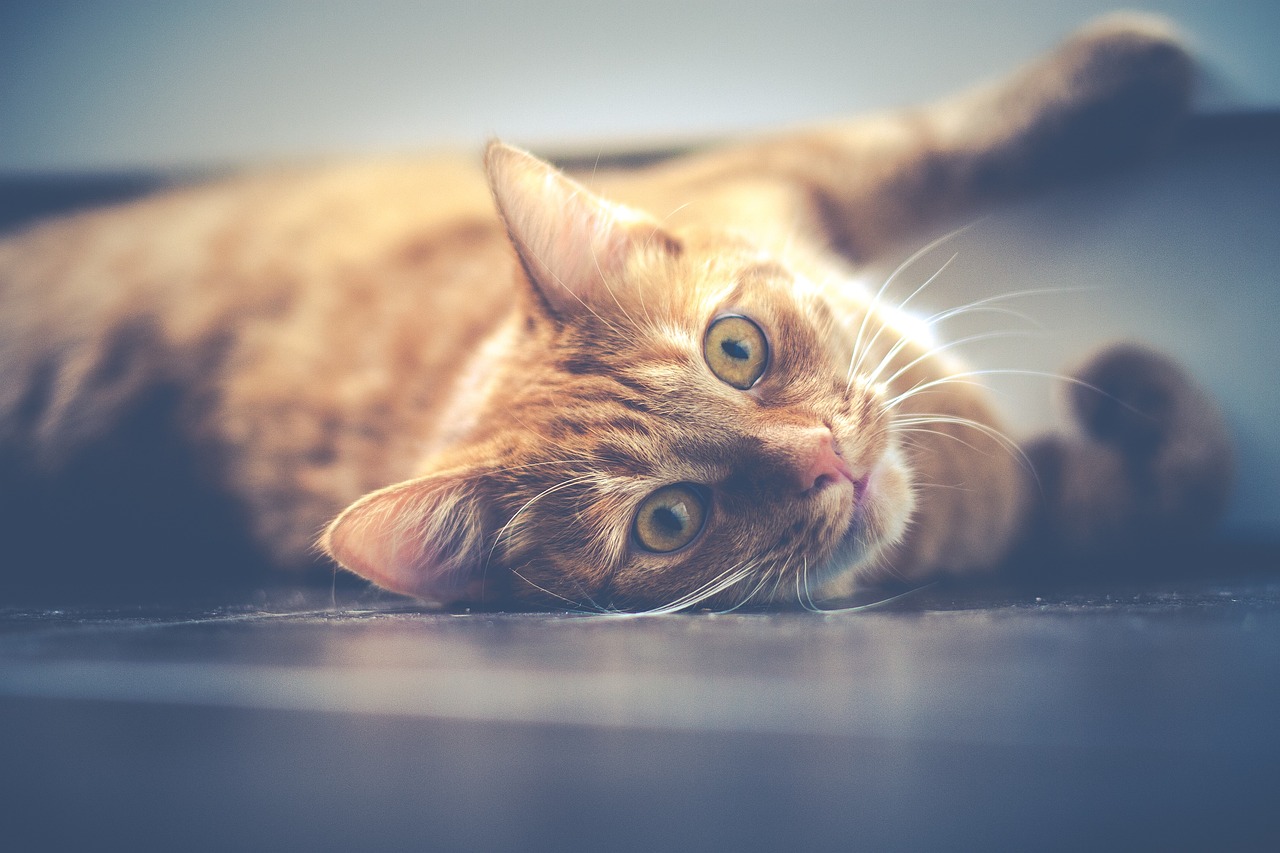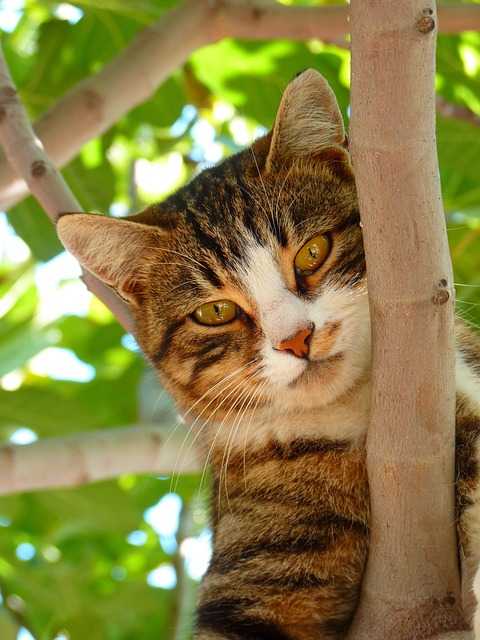Cat mites are pesky parasites that can wreak havoc on your feline friend’s health and well-being. In this comprehensive guide, we’ll delve into the world of cat mites, exploring everything from symptoms to treatment options and prevention strategies.
I. Introduction to Cat Mites
Cat mites, often unseen to the naked eye, can cause discomfort and distress to cats of all breeds and ages. As responsible pet owners, it’s essential to understand the implications of cat mite infestations and how to address them effectively.
II. Types of Cat Mites
Cat mites come in various forms, each with its own set of symptoms and characteristics. Understanding the different types of cat mites is crucial for accurate diagnosis and treatment.
A. Ear Mites
Ear mites are among the most common types of mites affecting cats. These tiny parasites thrive in the ear canal, causing irritation, itching, and discomfort for affected cats.

B. Fur Mites
Fur mites, while less common than ear mites, can still pose a threat to your cat’s health. These microscopic pests reside in the fur and skin, leading to skin irritation, hair loss, and other dermatological issues.
III. Symptoms of Cat Mite Infestation
Cat mite infestations can cause various symptoms depending on the type of mite involved and the severity of the infestation. Here are some common symptoms of cat mite infestations:
- Excessive Scratching: Cats infested with mites often scratch themselves excessively, especially around the ears, head, neck, and base of the tail.
- Hair Loss: Mite infestations can lead to hair loss in affected areas. Cats may develop bald patches or thinning fur, particularly around the ears and head.
- Skin Irritation: Infested cats may exhibit signs of skin irritation such as redness, inflammation, scabs, crusts, or sores on the skin. The skin may appear dry, flaky, or scaly.
- Ear Problems: Mites such as ear mites (Otodectes cynotis) commonly infest the ears of cats, causing symptoms such as head shaking, ear scratching, ear discharge (often dark and crusty), and foul odor emanating from the ears.
- Dark Debris in the Ears: Ear mite infestations often result in the accumulation of dark, crumbly debris within the ear canal. This debris may resemble coffee grounds.
- Restlessness and Discomfort: Cats with mite infestations may exhibit signs of restlessness, discomfort, and agitation. They may paw at their ears or shake their head frequently in an attempt to alleviate itching and irritation.
- Changes in Behavior: Mite infestations can cause changes in a cat’s behavior. They may become more irritable, withdrawn, or exhibit signs of discomfort when touched or handled.
- Secondary Infections: In severe cases of mite infestations, cats may develop secondary bacterial or fungal infections due to skin damage and irritation caused by scratching and self-trauma.
IV. Treatment Options for Cat Mites
When it comes to treating cat mites, veterinary intervention is often necessary to ensure effective eradication of the parasites and relief for your cat’s symptoms.
A. Veterinary Intervention
Seeking professional help from a veterinarian is the first step in treating cat mite infestations. Your vet can conduct a thorough examination and recommend appropriate medications to target the mites and alleviate your cat’s discomfort.
B. Home Remedies and Preventive Measures
In addition to veterinary care, there are various home remedies and preventive measures you can take to manage cat mite infestations and reduce the risk of recurrence.
Home Remedies:
- Apple Cider Vinegar: Mix equal parts of apple cider vinegar and water and use it as a rinse after bathing your cat. Apple cider vinegar may help repel mites and soothe irritated skin.
- Diatomaceous Earth: Food-grade diatomaceous earth can be sprinkled on carpets, bedding, and other areas where your cat spends time. It helps to dehydrate and kill mites and other parasites.
- Herbal Baths: Some herbal remedies, such as chamomile or calendula, can be brewed into a tea and added to your cat’s bathwater. These herbs may have soothing properties for irritated skin.
- Coconut Oil: Applying coconut oil to your cat’s fur may help suffocate mites and soothe dry, irritated skin. However, be cautious not to apply too much as cats may ingest it during grooming.
- Neem Oil: Neem oil has natural insecticidal properties and can be diluted with a carrier oil and applied to your cat’s skin to repel mites. However, always use it with caution and in small amounts, as it can be toxic if ingested by cats.

Preventive Measures:
- Regular Grooming: Brush your cat regularly to remove loose fur, dirt, and debris. This can help prevent mites from establishing themselves in your cat’s fur.
- Clean Bedding and Living Areas: Wash your cat’s bedding and clean their living areas regularly to reduce the risk of mite infestations.
- Vacuuming: Vacuum your home frequently, especially areas where your cat spends time. This helps to remove mites and their eggs from carpets, furniture, and other surfaces.
- Maintain Good Hygiene: Keep your cat clean and well-groomed. Regular baths with a mild cat shampoo can help keep their fur clean and reduce the risk of mite infestations.
- Control Fleas: Since fleas can carry mites, it’s important to keep your cat protected against fleas with appropriate flea control products recommended by your veterinarian.
- Regular Vet Check-ups: Take your cat to the veterinarian for regular check-ups and follow their recommendations for preventive care and parasite control.
V. How to Prevent Cat Mite Infestations
Preventing cat mite infestations involves regular care and maintenance to keep your cat healthy and their environment clean. Here are some steps you can take to prevent cat mite infestations:
- Regular Veterinary Check-ups: Take your cat to the veterinarian for regular check-ups. Veterinarians can detect mite infestations early and provide appropriate treatment.
- Maintain Good Hygiene: Keep your cat’s living environment clean. Regularly clean their bedding, toys, and any areas where they spend time.
- Frequent Grooming: Brush your cat regularly to remove loose fur and debris. This can help prevent mites from finding a habitat on your cat’s fur.
- Use Preventative Products: There are various flea and tick preventatives available that also protect against mites. Consult your veterinarian to choose the right product for your cat.
- Treat Other Pets: If you have multiple pets, ensure that all of them are treated for mites to prevent infestations from spreading.
- Quarantine New Pets: If you bring a new cat into your home, consider quarantining them temporarily and check them for mites before introducing them to your other pets.
- Regular Cleaning: Vacuum your home regularly to remove any mites or eggs that may have fallen off your cat.
- Keep Outdoor Cats Protected: If your cat spends time outdoors, consider using flea and tick preventatives that also protect against mites. Additionally, regularly check outdoor cats for signs of mites or other parasites.
- Monitor Your Cat’s Health: Keep an eye out for signs of mite infestations such as excessive scratching, hair loss, or skin irritation. Early detection can help prevent the infestation from worsening.
Cat mites may be tiny, but their impact on your cat’s well-being can be significant. By staying informed, vigilant, and proactive, you can protect your feline companion from the discomfort and distress caused by cat mite infestations. Remember, early detection and treatment are key to keeping your cat happy, healthy, and mite-free.






